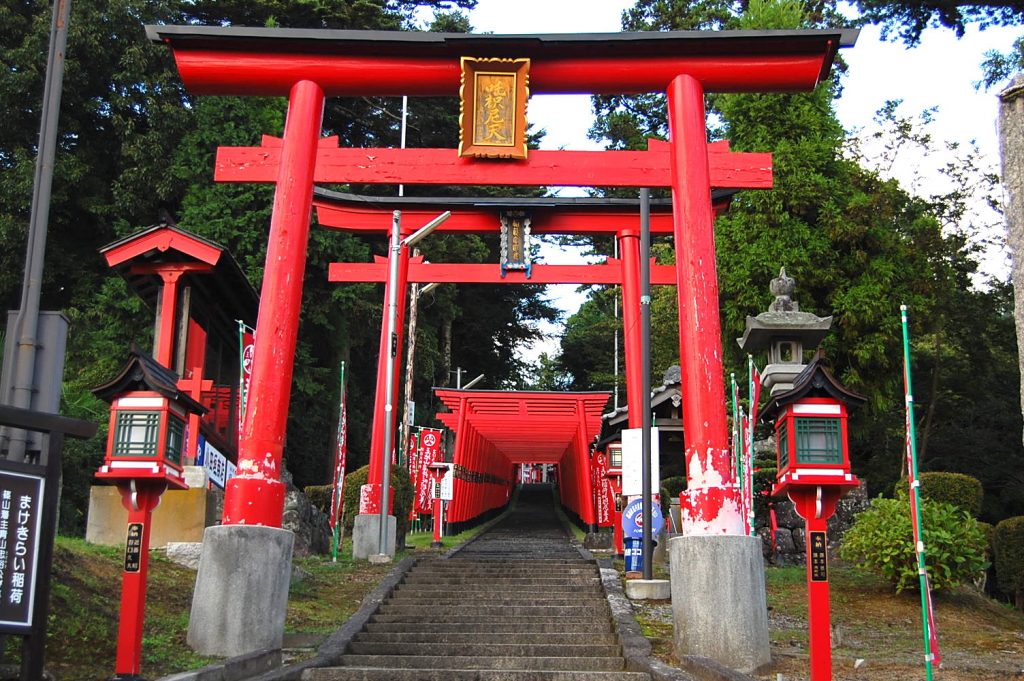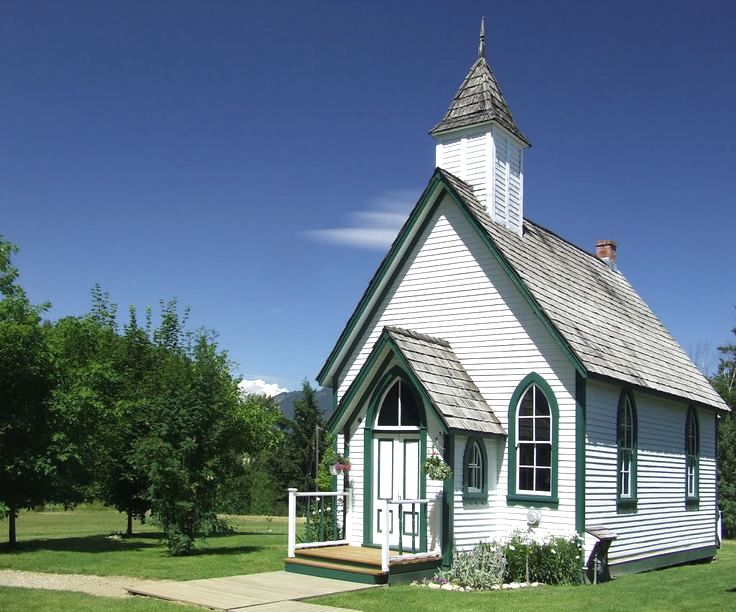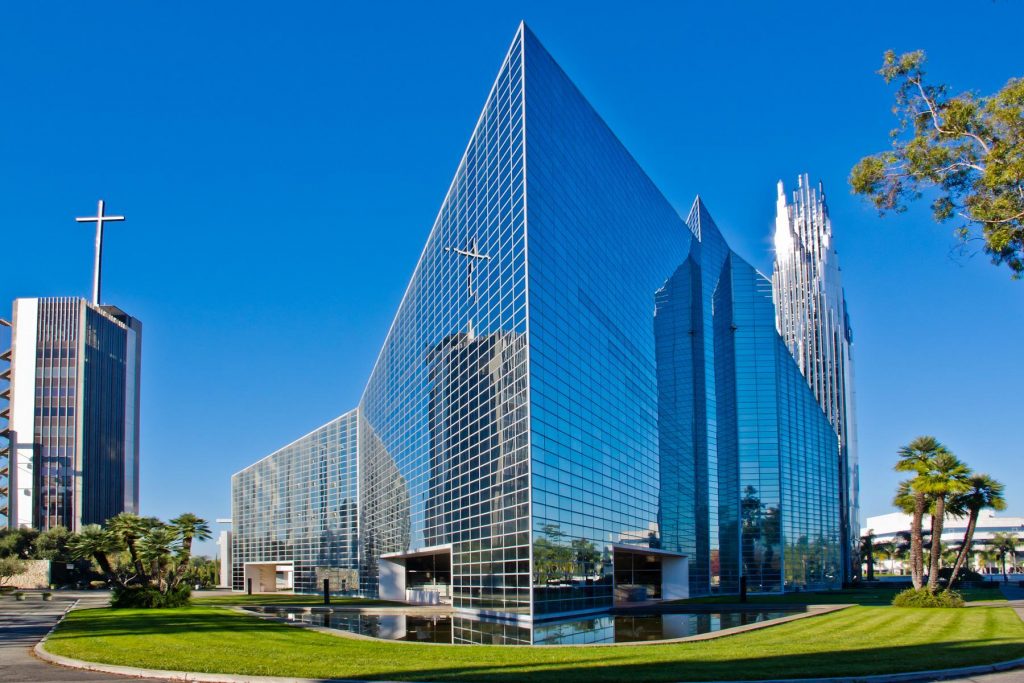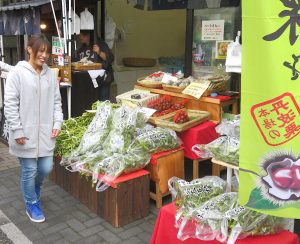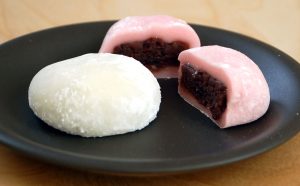
Sushi and I have a long history. I discovered the joys of raw fish on sticky rice back in the 80s, when I lived in Los Angeles.
I was a bit of a sushi snob back then, not because I'm class conscious, but because the people I was hanging out with at the time had a lot of disposable income.
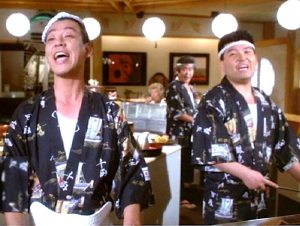
Sushi scene in "Defending Your Life"
There's a great romantic comedy film called "Defending Your Life" with Albert Brooks and Meryl Streep. The two sushi chefs in that film had a fabulous sushi restaurant frequented by movie industry types -- moguls and celebrities. They were the "rock stars" of the sushi scene in that area of town, which is why they ended up in the film. These two geniuses were my initiation in perhaps the best sushi in the entire Universe! That's how I became a sushi snob.
When I moved to Portland, Oregon I was heartened to find one phenomenal sushi bar, unfortunately now out of business. I was home free! The competition wasn't exactly stiff. Portland's unofficial motto is still to this day 'Keep Portland Weird'.

Predictably there were some very bizarre places that passed themselves off as sushi restaurants. One was called Rock 'n Roll Sushi. I tried it. It was horrible! Other places were run by individuals who clearly had no training in the fine art of sushi making, weren't remotely Japanese, probably thought miso soup was just bad English, as in "Me so glad to see you, Yoko!"
It was in Portland I first heard of conveyor belt sushi. I immediately dismissed it as just more Portland weirdness, glanced in the window of the new conveyor restaurant only once -- yes, it was the talk of the town and I was curious -- and thought, what a stupid gimmick!
I was pretty confident I wasn't missing anything. Here's what one customer said about it: "Sushi Mioga may not serve the best sushi in town but for the price and with tons of options, this is my new favorite conveyor-belt-sushi restaurant for now."
Whatever. Sushi delivered on a conveyor belt? Ha! What a joke!
Of course, I was wrong about at least part of the story. Conveyor belt sushi was invented by a Japanese sushi restaurant owner back in 1958. His name was Yoshiaki Shiraishi, and he was looking for an effective way to get his sushi quickly to his customers. A visit to a local Asahi brewery, which used conveyor belts to speedily move the beer through the process of bottling and packaging, was his inspiration.
So Portland wasn't being weird or innovative or anything of the like. It took someone there almost 50 years to discover and capitalize on this clever invention. By then, Japan had entire conveyor belt sushi restaurant chains up and running across the nation. The most well-known and successful is Sushiro, which has been in business for over 30 years.
Sushi tends to be very polarizing. Either people absolutely LOVE IT or are nauseated by the thought of eating raw fish.
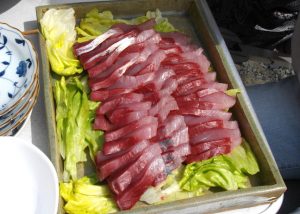
I guess I'm pretty lucky living here, since I'm a hard-core sushi and sashimi lover. Both are as common here, both at home and when eating out, as pizza or fries are in America. Masumi and I went to a cook-out at a friend's house and along with the usual things that you'd see at a backyard barbecue, there was the huge plate of yellowtail sashimi pictured here. That would cost over $100 at a restaurant in the U.S. And here it was being served as a snack like you'd serve cheese and crackers. I was in heaven!
We don't eat out all that often -- both Masumi and I love to cook and she's certainly a genius in the kitchen -- but on average we eat conveyor belt sushi once a month. Our favorite place is in nearby Tanba-shi. Usually we go with Masumi's mom and her two daughters who live near us in Sasayama.
It's not only incredibly delicious and inexpensive but I frankly find it to be a lot of fun. There's always the anticipation of what the sushi chefs have coming down the belt next. Sometimes some real surprises!
Since conveyor belt sushi is extremely popular, for the lunch or dinner rush hour it's usually a good idea to make an online reservation. Last time we were there, however, it wasn't peak time and the place wasn't as crowded as usual.
Even though they weren't blasting Megadeath over the speaker system and the waitresses didn't look like something out of Zombie Goth Apocalypse, we still had an excellent time!
[ This originated at the author's personal website . . . https://jdrachel.com ]
Life In Japan: Conveyor Belt Sushi



